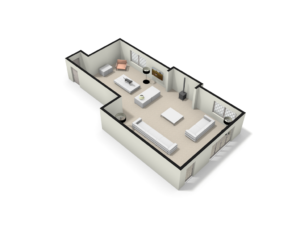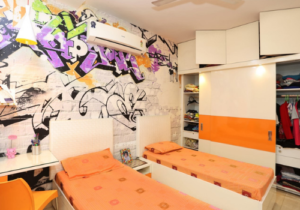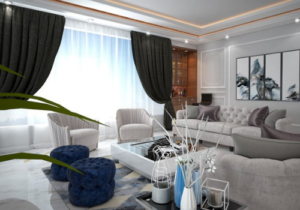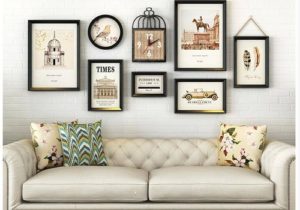As it has said- A well-designed interior gives an ingeniousness to do everything in your space. A perfectly balanced designing creates a feeling of equilibrium, which is all about equalizing or approximating the visual weight of the objects.
A few basic principles for excellent interior designs can create an inviting space where family and friends love to spend their time.
- Plan practically: Space planning in interior designing matters a lot. Space planning includes reshaping the interior spatial areas, defining distribution patterns, and developing plans for furniture layout and equipment placement. It’s all about how we can implement elements most effectively to fit better for the people who live there.
- Balance: Balance is about to create equality and symmetry that the eye loves. To maintain the balance between several other objects, first find out the focal points such as TV cabinets, a large piece of art, and arrange them according to their visual weight. Visual weight depends on size, color and texture, e.g. black have more influence than grey. Rather than mirroring items, try asymmetrical balance, which plays well with other objects.
- Create a Vision: An interior designer has ideas about how things should arrange and function, and they mesh those requirements with the client’s desired aesthetic and atmosphere. These things are about creating a vision and how a designer can implement their concept that does go well thought out. With all the different elements and pieces, a designer should be able to convince their approach to the client.
- Be authentic: Interior designing projects should be personalized for the user, apart from just catering to their aesthetic taste and preferences. Integrate everyday belongings as well as heirlooms and antique items, combining simplicity and modernity.
- Rhythm: Rhythm is a connection between various elements of interior design. That helps to maintain visual effects between items that have different visual weights. Rhythm works on three methods: Repetition, Alternation, and Progression.
- Contrast: Contrast is the luminance or colour of objects that differentiates them from one another. It provides a balanced look in terms of colour, form and space, and distributes the attention between the items. It can achieve by combining two opposite colours like black and white or in two different ways, such as a circular mirror or a rectangular sofa.
- Edit: Professional interior designers know what and when to add or take away elements to achieve the desired effect. Do not be afraid to try something new and to change what has not gone right.
Space, lines, form, light, colour, texture, and pattern, all together create a well-designed space. It is necessary to put all these things together successfully to create gorgeous magic.





